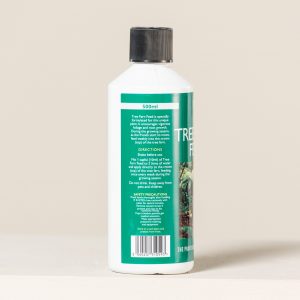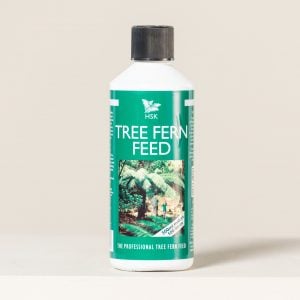How to care for your Ground Ferns
Ground ferns are an extremely diverse category of plants that have survived since the age of dinosaurs.
They are instantly recognizable by their pleasing architectural foliage, often finely divided.
Most ferns are extremely forgiving and will grow in shady sites, where other plants fail to thrive. They usually do well in rich, well-drained soil with an abundance of organic matter.
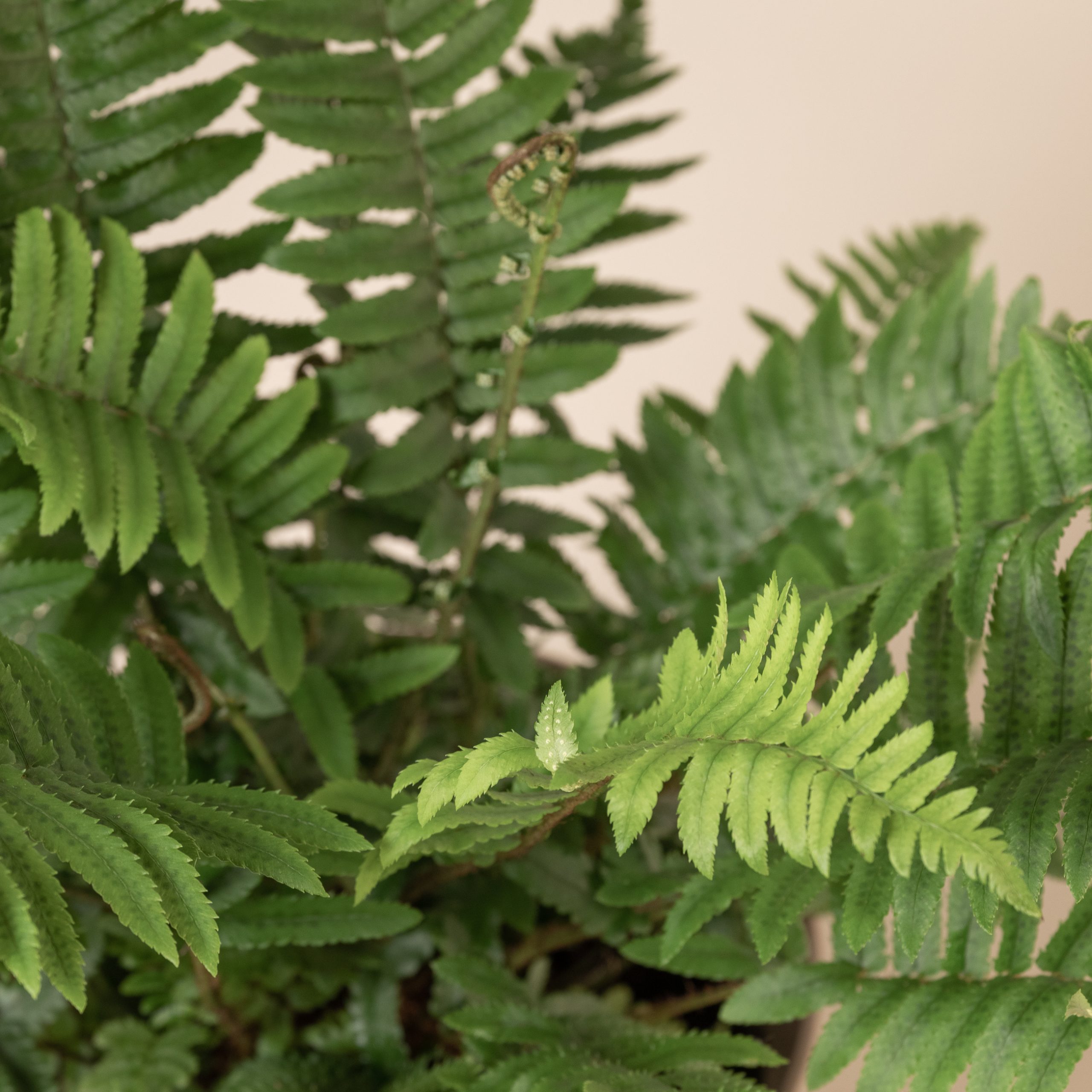
Evergreen or deciduous?
Evergreen ferns keep their fronds green over winter and will adorn your garden even in the coldest period of the year. These pretty much look after themselves. Give them a tidy up in the spring by cutting off the older dead fronds. These ferns are often the most tolerant of sunnier conditions, given adequate moisture.
Deciduous ferns lose their leaves in winter and go into a dormant state until spring. These tend to have softer more delicate fronds of paler, fresher greens. In late autumn, cut off all the dying fronds so that the new crosiers can emerge the following spring. Protect the crown with the cut fronds and leaves in colder areas and harsh winters.
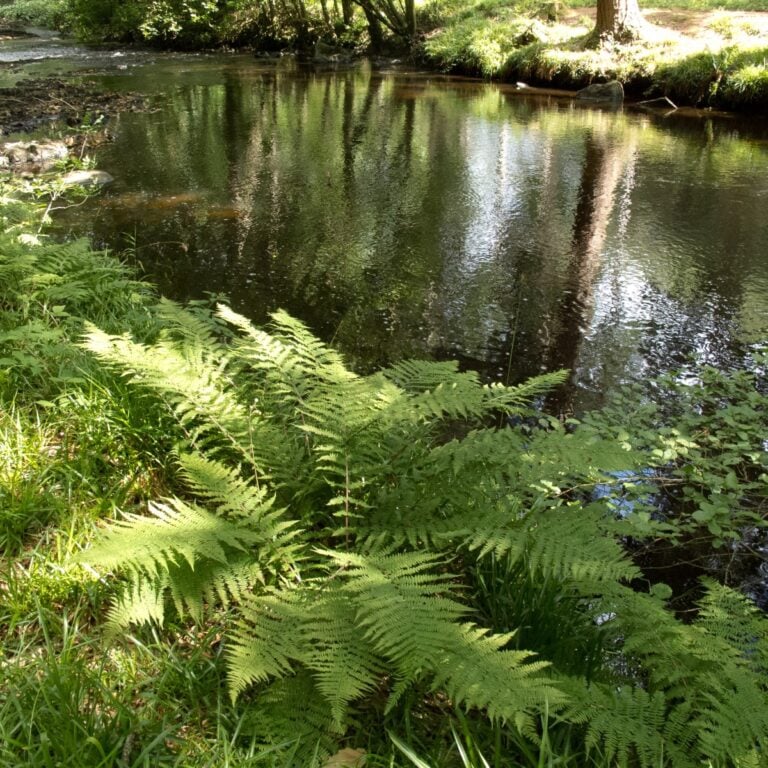
Positioning
Because the ferns have developed under the canopies of giant forests during the time of dinosaurs, these plants prefer a shady aspect and indirect light.
Many ground ferns can tolerate some direct sunlight, however the more sun they get, the more moisture they’ll require. A sheltered position is preferable to a windy spot.
Most ferns need soil with good moisture levels, though this can be improved by watering and mulching.
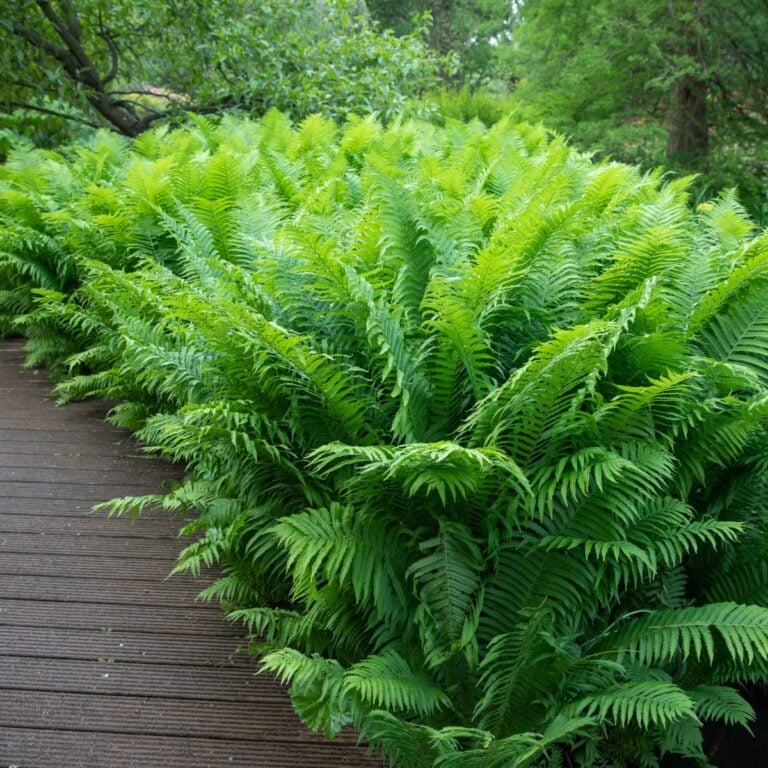
Planting
Though many of the tougher types of fern will tolerate almost any type of soil, generally speaking most ferns require an open, moist, free draining soil.
It is best therefore to prepare the ground for ferns, by mixing the soil with organic materials such as multi-purpose compost, well-rotted farmyard manure (which includes animal bedding), and even horticultural grit on the heavier soils.
Planting a fern garden outdoors requires minimal attention other than regular mulching and water during very dry periods.
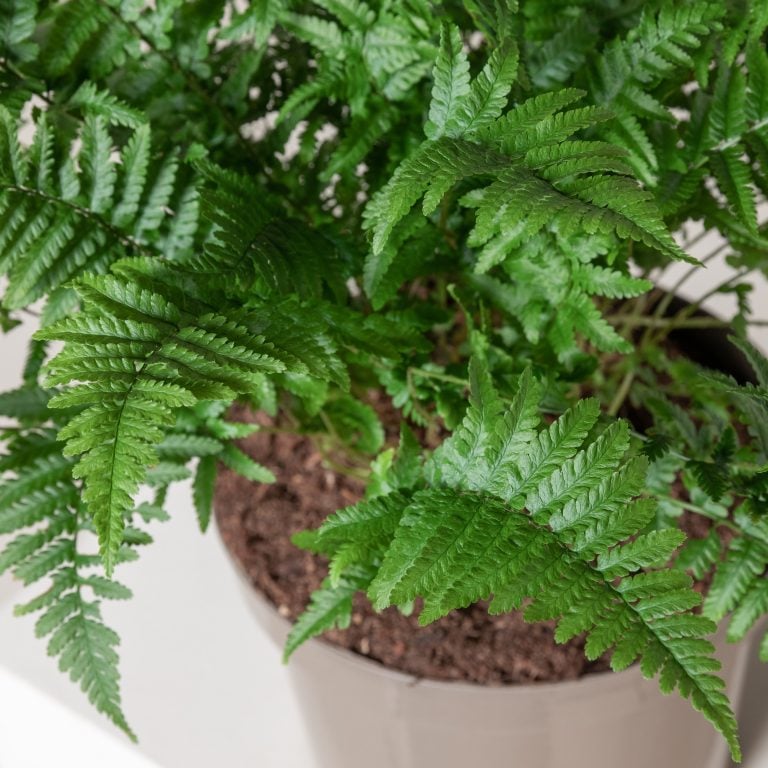
Planting in containers
You can plant container grown ferns throughout the year, with the optimum time being spring or early autumn. Autumn is a particular good time to plant ferns into soil which is likely to get dry in the summer. Mulch with bark chippings or similar after planting to conserve moisture and to reduce any weed growth in the vicinity of the plants. Avoid transplanting during winter time.
Plant firmly to avoid the root ball getting dislodged from ground by hard frosts. Do not get soil in the crown as this can lead to rot.
After planting, water thoroughly, and then once or twice a week for the rest of the first season. Once established, the plants won’t require such frequent watering, except in severe droughts.
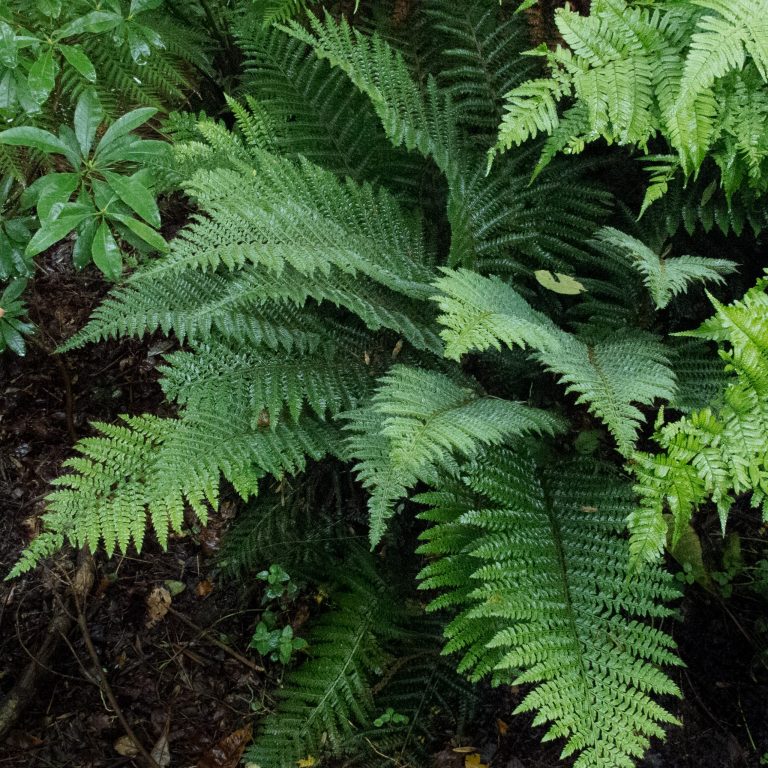
Watering
Water the ferns regularly during periods without rain and do not let the soil get dry. A layer of mulch will keep the roots damp.
Plants kept in containers will need to be watered more frequently than those in the ground.
In winter, avoid watering deciduous ferns and reduce irrigation for evergreen ones to avoid root rot.
Feeding
Ferns do not usually require feeding when planted in the ground, but mulches such as well-rotted farmyard manure will condition the soil and give a boost to growth.
Where soil conditions are particularly poor or plant is kept in a pot, a specialized fern fertiliser can be applied when watering during spring-summer.
Avoid overfeeding as this may burn the delicate roots of the plants.
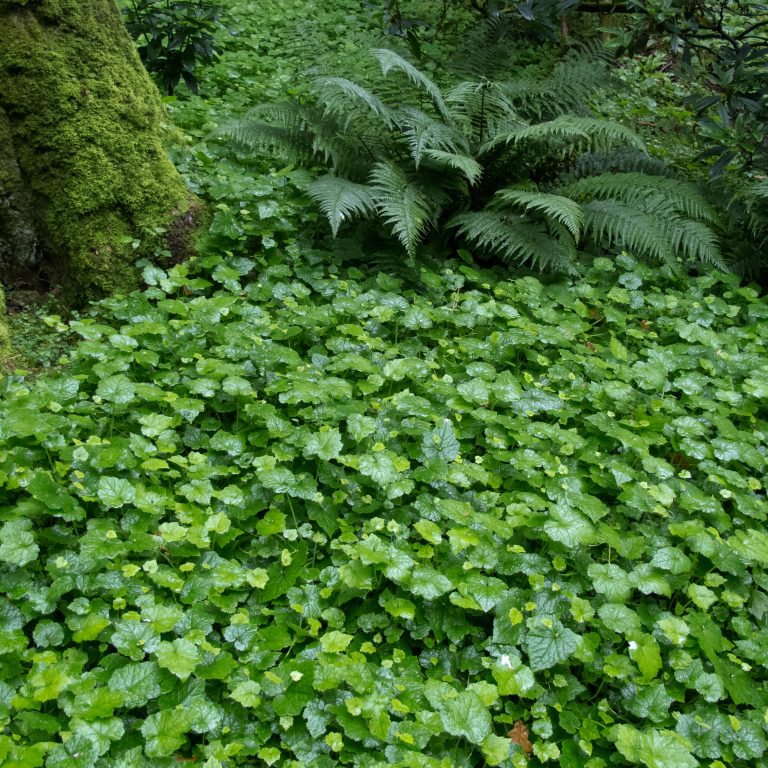
Overwintering
In general, most ferns sold for outdoor use do not require any kind of protection if planted under evergreen tree canopies or sheltered spots close to a building.
In very cold areas, you can protect deciduous ferns’ crowns with their dead fronds or mulch to prevent frost from forming.
In harsh winters, a horticultural fleece can help protect evergreen ferns from frost damage, especially varieties that originate from milder climates. Plants kept in pots can be covered with horticultural fleece jackets or moved to a sheltered spot.
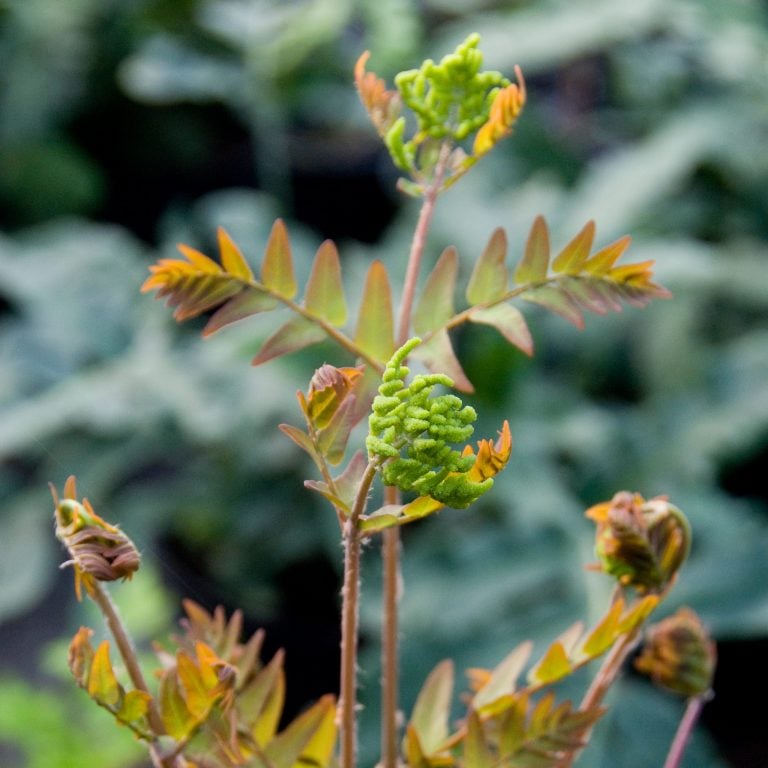
Propagation
Ferns are ancient plants that don’t have flowers and seeds. Propagation from spores is trickier and not easily achievable by an amateur gardener.
For some species for ferns, the mature clumps can be divided in spring and replanted. Each piece should have at least one growing tip where fronds are sprouting.
Replant the pieces at the same depth as the original plant, then water them in thoroughly.
